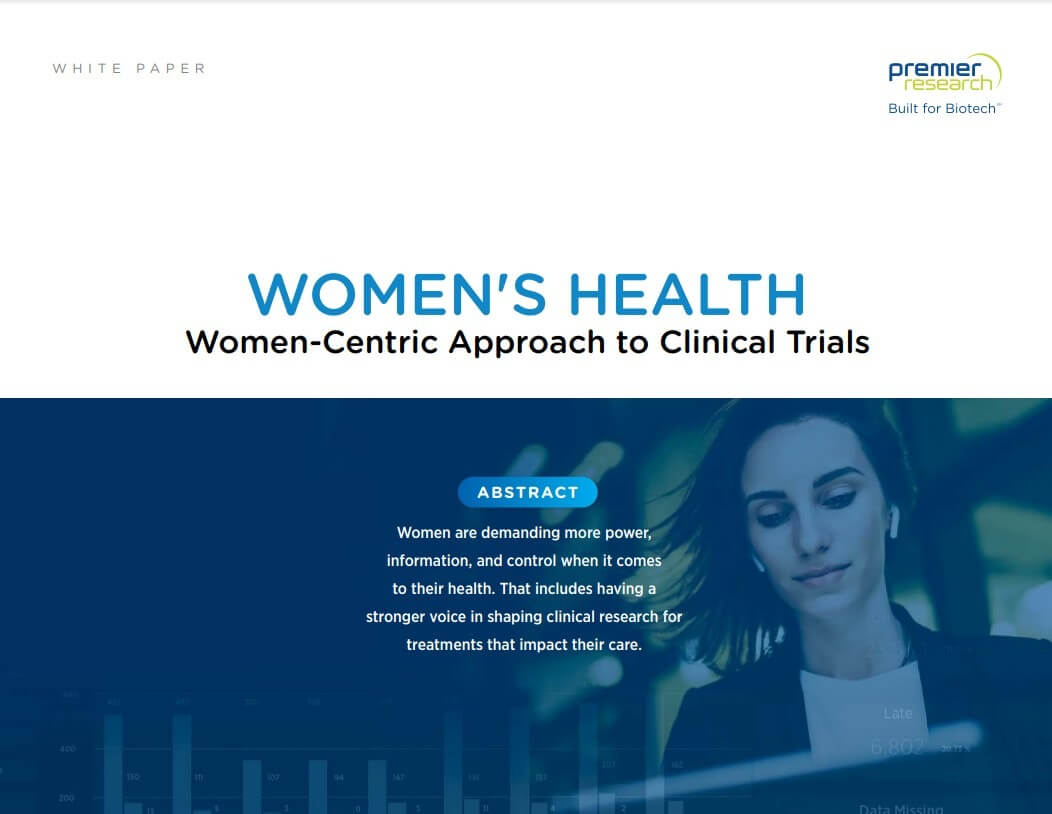For decades, women were left out of clinical trials, despite the fact that they often process drugs differently than men due to their size, biology, and physiology. It wasn’t until 1993 that the NIH Revitalization Act mandated women and minorities be included in clinical trials funded by the federal government.
This has resulted in limited historical data about how women respond to drugs and other treatments, creating health risks for women and financial risks for developers. The U.S. Government Accountability Office (GAO) determined that 80 percent of drugs pulled from the market due to unacceptable health risks between 1997 and 2000 were found to be more harmful to women than to men. New research is beginning to quantify the magnitude of these risks. A 2020 University of California, Berkeley-University of Chicago study of 86 drugs approved by the U.S. Food and Drug Administration (FDA) since the year 2000 found that nearly 90 percent produced elevated blood concentrations and longer elimination times in women, factors which are strongly linked to a higher incidence of adverse drug reactions. The researchers concluded that “the common practice of prescribing equal drug doses to women and men neglects sex differences in pharmacokinetics and dimorphisms in body weight, risks overmedication of women, and contributes to female-biased adverse drug reactions.”
To address these inequities, over the past few decades we’ve seen a steady shift toward a more gender inclusive trial environment. The FDA’s 2020 Drug Trials Snapshot report shows that for the 53 novel drugs approved in 2020, 56 percent of clinical trial participants were female. Six of the drugs target predominantly female conditions, and thus 90 percent or more of those study participants were female. A review of the broader trial landscape shows varying rates of female participation, with many trials having 30 percent or fewer women in their participant population. Women continue to be underrepresented in areas such as cardiovascular disease, despite heart disease being the leading cause of death in women in the U.S.

